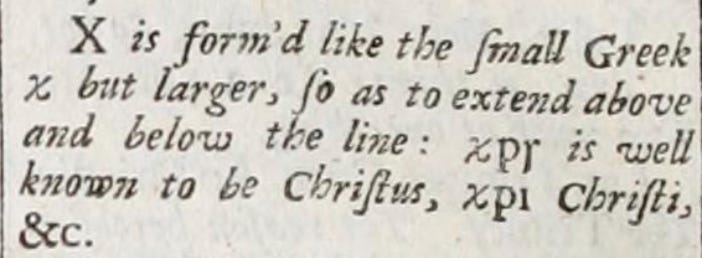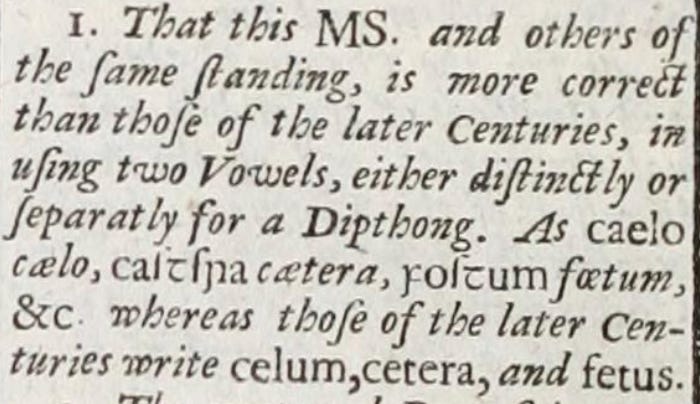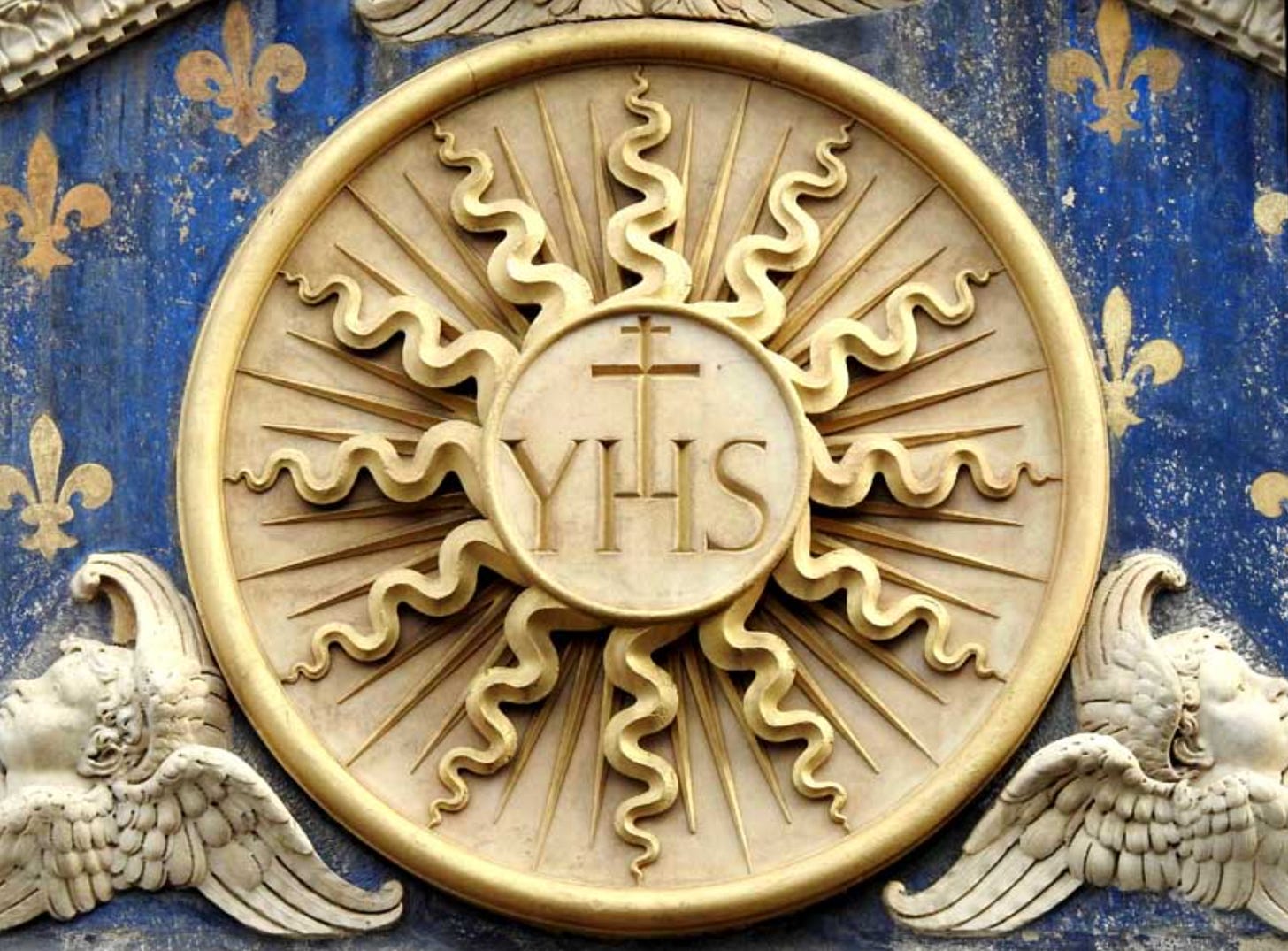Fresh Batch #139: Hornism - The Solar Ward Against Jettatura
The Lily of Fire & the Etruscan Savior
In examining the Cornish language, which is a derivative from the Sicilian Phoenician, I noticed the sigma-tau (ST; ΣΤ) and sigma (S; Σ) interchange like they do in Greek. I thought this was a mark of Greek influence, but it may not be. For those who can’t read Celtic letters, there is a word nsis in the bottom right of the following image, but it corresponds to nostris, meaning our in Latin. Dame is Lady. Nostradamus is literally Our Mistress (Domina), or Our Lady: Notre Dame, because the -us is a Latin termination that can be removed. The way nsis is written corresponds to the Etrusco-Phoenician tendency to omit certain vowels, not the Greek way of writing, which indicates it is older than Greek. The Greeks do not omit vowels. The Ancient Greek is not reliable because so much of it was confused with Etruscan that everything believed to be so-called Ancient Greek must be reorganized, including the “nearly Greek” letters used by the original Basque people, or the earliest alphabets that the Basque people used, should there be no correlation between the original Biscayers and the earliest use of letters in the Basque region. But their use of Etruscan words almost certainly indicates their original people were Etruscans, which means their letters were Etruscan, not Greek.
This excerpt was taken from Archaeologia Britannica. I’m not ready to make a claim yet, but the sigma-tau and sigma interchange, seen in words like listen, mistle-toe, Christmas, epistle, and the like, may be a result of Celtic-Latin diffusing with Greek rather than Greek diffusing with Celtic. English speakers generally don’t pronounce the letter T in those words, even though it is written. This is apparent in words like Chris, or Chres, and Christ, meaning good, as well as black (in Sanskrit). It is also present in Cornish. There is no letter T to indicate Christ. It is written chrs (Christus) and chri (Christi). While the following example used Greek letters, the words are Latin, so it is difficult to rely on this text for historicity because it isn’t an archaeological inscription. It’s a modern explanation from the 17th century.
To make matters more confusing, the Cornish used the antient f-shaped letter, which signified S in English, to represent E.
It appears the Cornish used C to function like S, a technique seen in the Cyrillic, which indicates Greek influence, thus IHC is IES (Jesus), while IHM is IEM, or Jesum, and IHU is IEU, or Jesu. (See below.) The I was pronounced like the H and the Y, so IEM (Jesum), is technically Ham, or Chem, meaning darkness or blackness. Though anecdotal, I’d make the case that Ham and Jesus signify the sun moving through the winter portion of the Zodiac, also known as the five months of suffering, the five wounds of the lamb, or the stigmata, because that is the time when the days are governed by darkness.
IEU is also JEW, the first three letters of Tetragrammaton (יהוה; IEUE), another name for God that comes from Italy, which is IU, from the Etruscan Iu-Primus Atar, or God the First Father. Primus Atar was truncated, becoming P Ater, first father, and then pater, meaning father in Latin. This is the origin of Iu-Pater, or Jupiter, which means God the Father technically, but if the truncation is considered, it is God the First Father. Ironically, both the Greek and Sanskrit are claimed to be older, but this etymology can only be done in Italian culture, which proves that Etruscan and Latin are older, given that pater (Greek) and pitar (Sanskrit) both mean father.
The Cornish language demonstrates that IEU, or Jew, who is Jehovah, is Jesus. The Jesuits leave the Greek Eta (H) in the middle of the Latin letters, thus it reads IHS. But IHS is a Latinization of the monogram for Bacchus, which was YHS (ΥΗΣ). Look at the hashmarks in the following image of the YHS. The one in the H is the southern most declination of the sun (the Tropic of Capricorn), the middle of the cross is the middle or equinoctial declination (the Equator), and the top hashmark is the northernmost declination of the sun (the Tropic of Cancer). This is Hermes THRICE GREAT (Trismegistus).
Bacchus is the sun; it is obvious that Jesus, Jew (IEU, or IU), Jehovah, and Jupiter are also the sun.
Are any of you who disagree going to take a position that claims the Jesuit logo doesn’t contain this name in the middle of a sun? Or are you going to talk out of your asses and pretend it’s actually occult symbolism of Polaris? For the love of Christ, exit the Numpty Zone. All of this predates the concept of “Heliocentrism.” Heliolatry is not Heliocentrism. The sun is the closest thing to God made manifest, thus, we call it the Mediator. We do not know what the sun is or if its power is in the physical world. It is not a location that can be reached. Despite the claims made by priests of Scientism, which has nothing to do with the scientific method or science, the Earth’s radius was never measured; it was presumed in their calculations. The horizon is not a geometric tangent point that one can draw a geometric tangent line to. The horizon is apparent by definition. Without Earth’s radius, there is no calculating the distance to the celestial bodies. You’ve been lied to about the nature of reality, and while the point of this is not to impede on your heliocentric religious beliefs, it must be addressed to make my point, which is that the closest thing we have to our Creator revealing itself, or themselves, if you accept the term for the Creator is Elohim, which means Goddesses (not God), is observed in the cosmos. The cosmos are eternal as far as the historical record indicates. If you don’t think Elohim is plural, learn Hebrew.
If any of this surprises you, why is that the case? You have access to the universal system of priestcraft at the tips of your fingers.
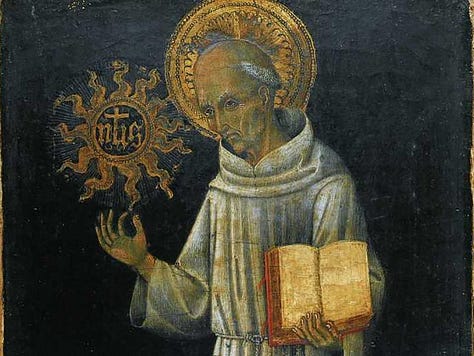
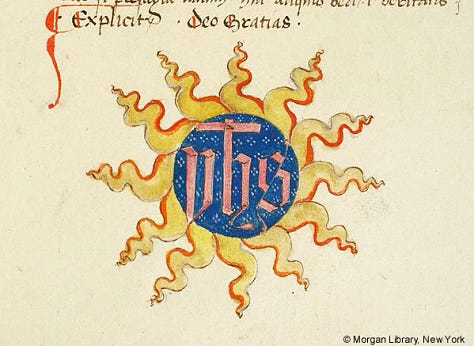
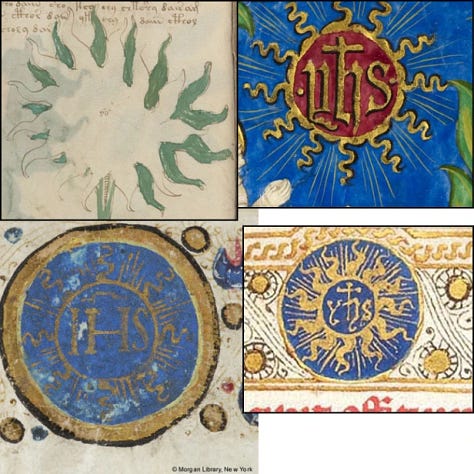
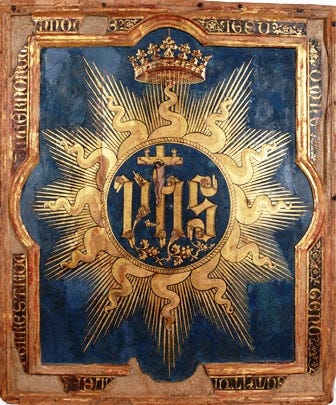
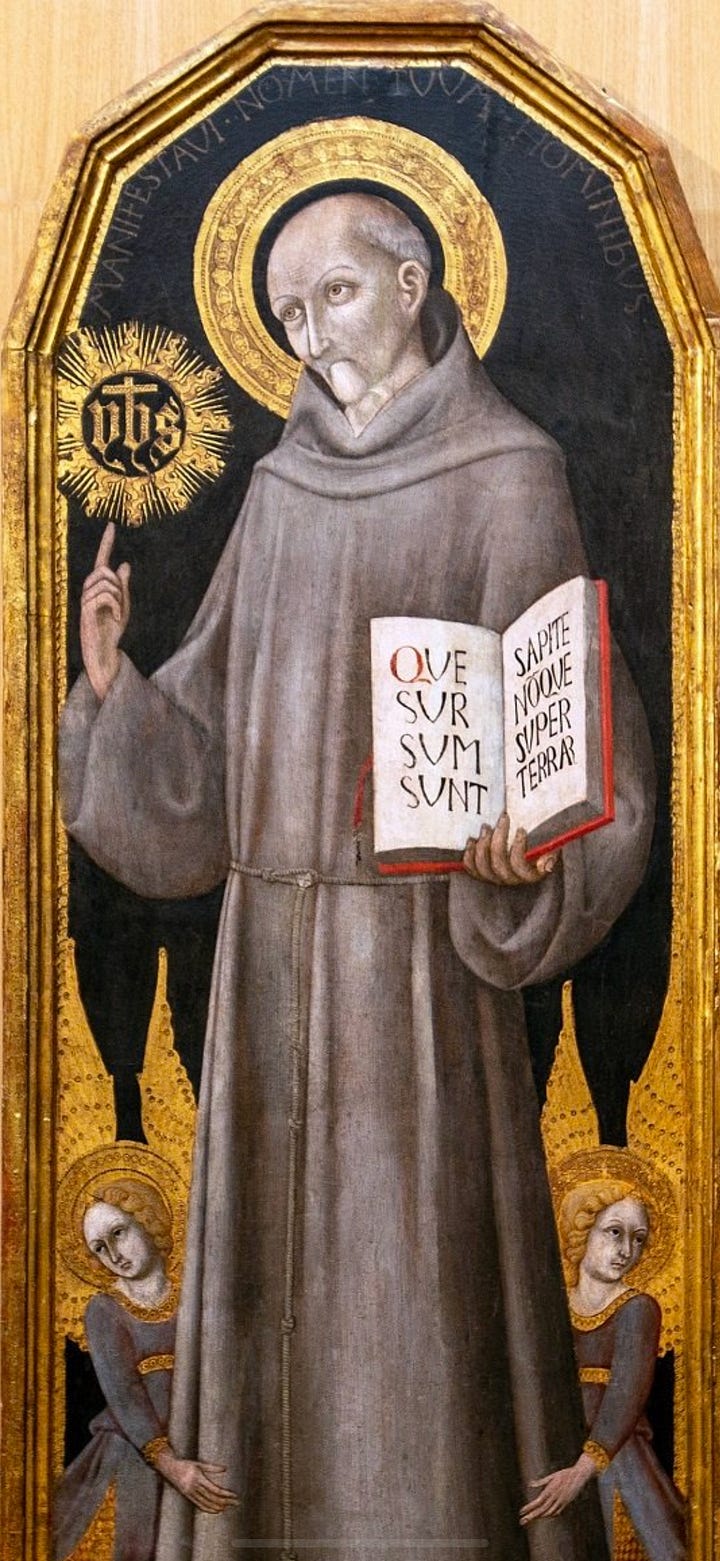
People killed for this knowledge throughout history. It won’t be accessible forever. Spirit Whirled and The Real Universal Empire are available worldwide.







There will be a bunch more Latin Wisdom (Palatine; Pallas-Latin) on the other side.
Become a member to access the rest of this article.
Keep reading with a 7-day free trial
Subscribe to Ancient History, Mythology, & Epic Fantasy to keep reading this post and get 7 days of free access to the full post archives.





